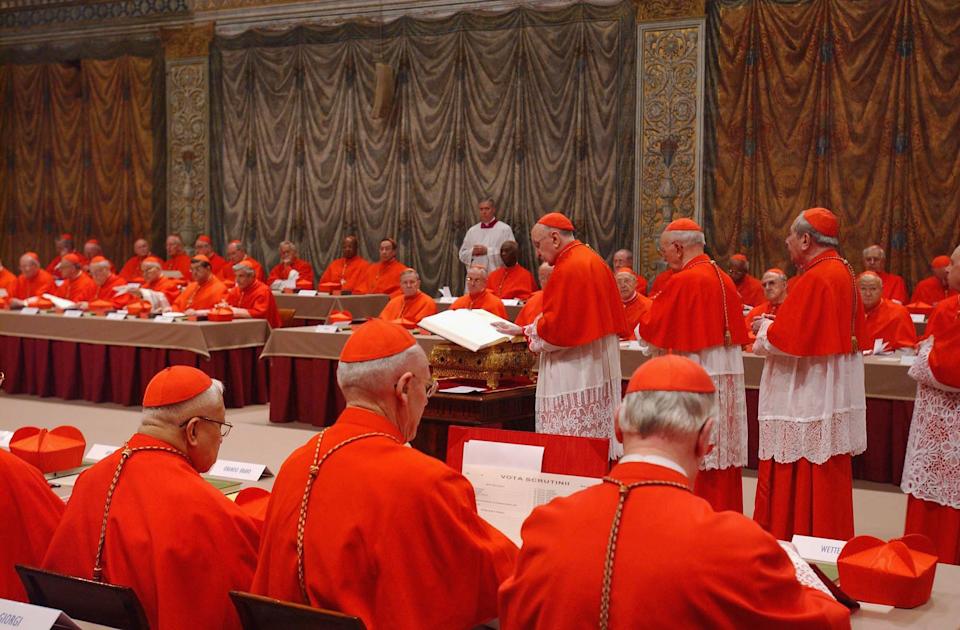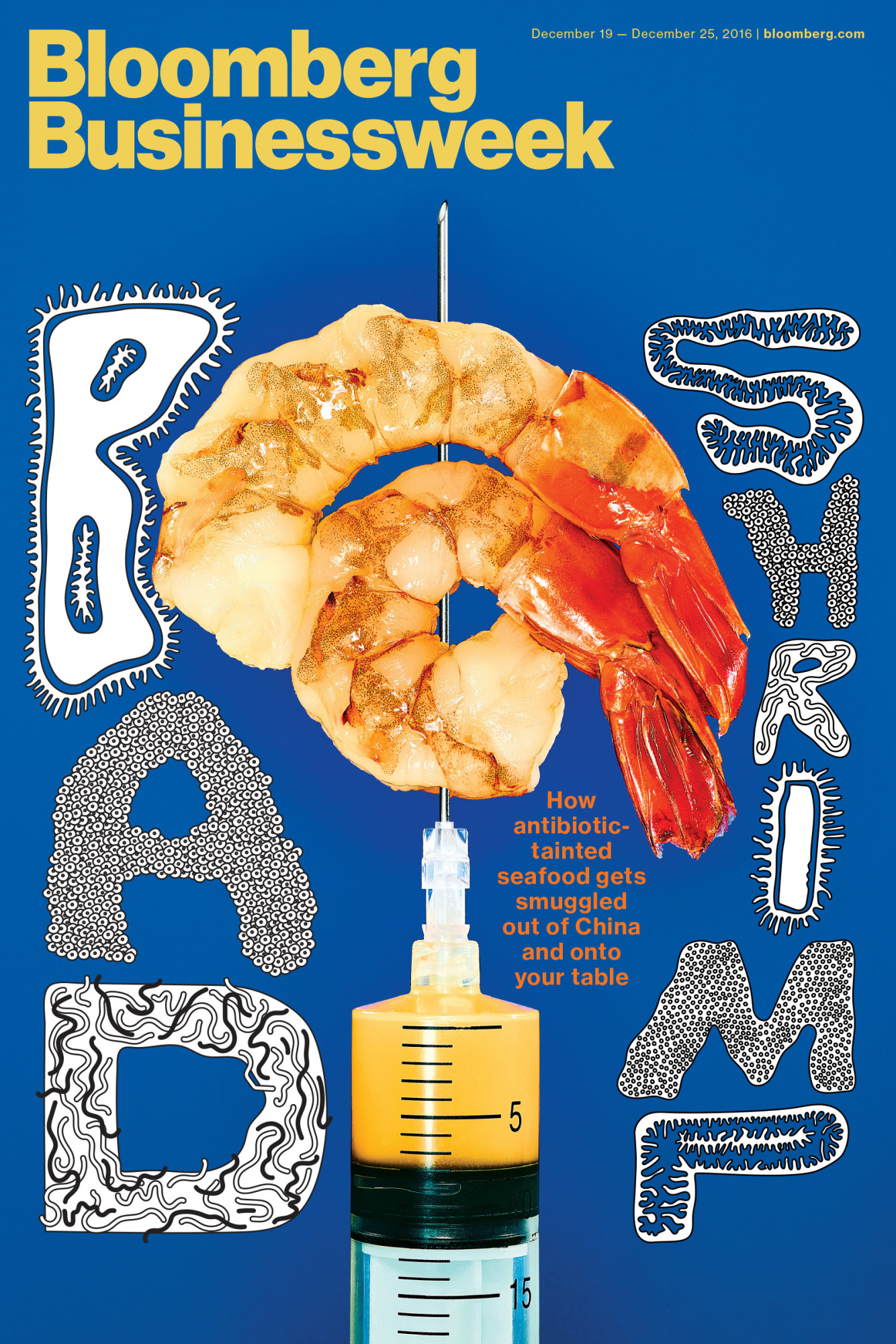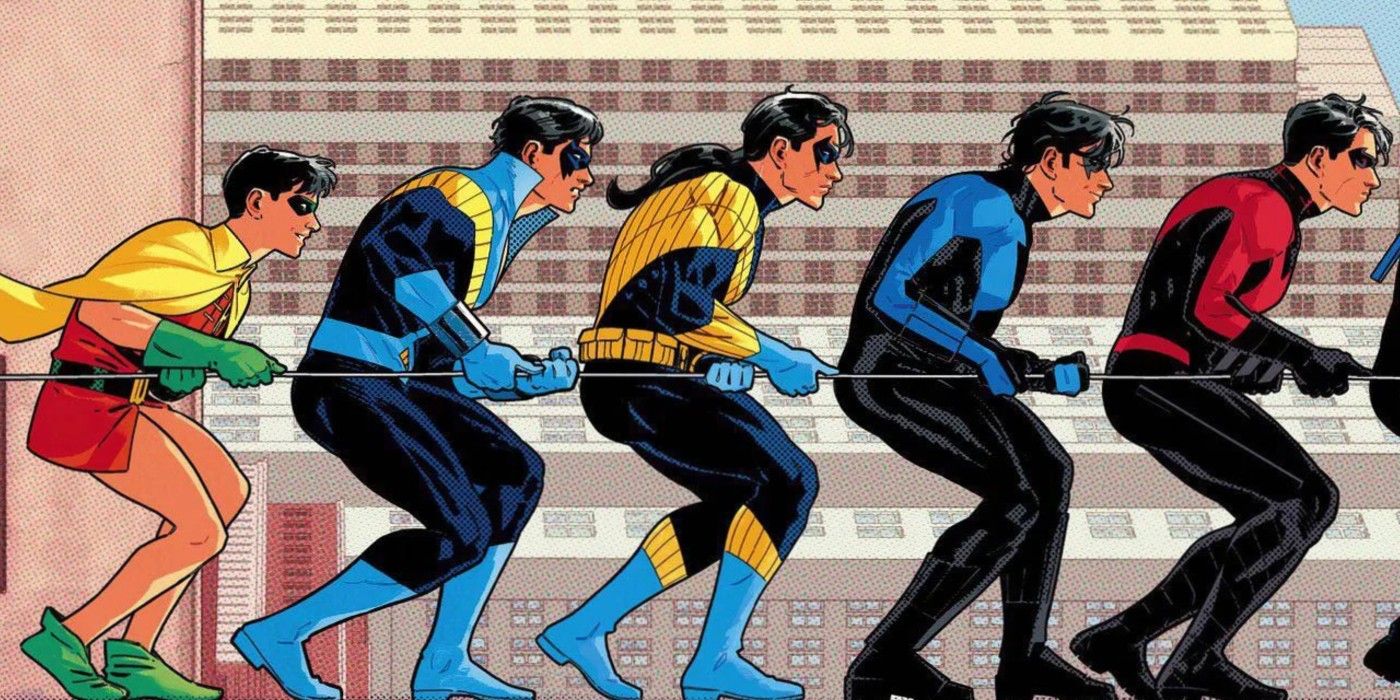The Papal Conclave: History, Process, And Significance

Table of Contents
A Historical Overview of the Papal Conclave
The Papal Conclave, the process by which a new Pope is elected, has a long and complex history. Its early forms were far less structured than the highly regulated process we see today. Often characterized by intense political maneuvering and the influence of powerful cardinals and even secular rulers, the selection of a Pope was frequently tumultuous and far from a purely spiritual matter. The papacy itself held significant political power in Europe, making the selection of a new Pope a matter of international consequence.
- Early conclaves: These were often characterized by open lobbying, bribery, and the interference of powerful families and nations vying for influence over the papacy. The process lacked the secrecy and formality of later conclaves.
- The influence of the papacy on European politics: The Pope's position as head of the Catholic Church gave him immense political leverage in medieval and Renaissance Europe, making the conclave a key event in European power dynamics.
- The impact of reforms: Councils like the Council of Constance (1414-1418) and subsequent papal decrees attempted to reform the conclave process, aiming to reduce corruption and ensure a more spiritual and less politically influenced selection.
- The development of secrecy and seclusion: Over time, the conclave evolved to become a more secluded and secret affair, designed to minimize external pressures and promote a more contemplative atmosphere for the cardinals' deliberations. The introduction of the Sistine Chapel as the venue further emphasized this trend.
The Modern Papal Conclave: Process and Procedures
The modern Papal Conclave is a meticulously orchestrated process. It begins with the sede vacante—the period between the death or resignation of a Pope and the election of his successor. During this time, the College of Cardinals assumes responsibility for the governance of the Church.
- The sede vacante: This period is marked by a sense of anticipation and prayer as the Church awaits the election of its new leader. The cardinals gather in Rome, preparing for the conclave.
- The summoning of the conclave: Once preparations are complete, the cardinals are summoned to the Vatican. The conclave takes place in strict seclusion within the Sistine Chapel.
- The enclosure within the Sistine Chapel: This period of isolation is intended to allow for focused deliberation and to prevent outside influence on the cardinals' decision-making.
- The voting process: Cardinals cast secret ballots until a two-thirds majority is achieved. The process continues until a Pope is elected.
- The announcement of "Habemus Papam!" (We have a Pope!): The announcement of the new Pope from the balcony of St. Peter's Basilica is a moment of great joy and celebration for Catholics worldwide.
The Role of the Cardinals
The College of Cardinals plays a crucial role in the Papal Conclave. The cardinal electors, those under the age of 80, are responsible for electing the new Pope. Their selection reflects years of dedicated service to the Church, demonstrating significant theological understanding and pastoral experience.
- Cardinal electors: Their selection is based on their demonstrated piety, theological knowledge, and experience in leadership roles within the Church.
- The importance of theological expertise and pastoral experience: The cardinals must possess a deep understanding of Catholic doctrine and tradition, as well as practical experience in shepherding their flock.
- The influence of different theological viewpoints: The range of theological perspectives among the cardinals contributes to a rich and nuanced discussion during the conclave, ultimately shaping the selection of the new Pope.
The Significance of the Papal Conclave
The outcome of the Papal Conclave has profound spiritual, political, and social implications. The selection of a new Pope impacts the direction of the Catholic Church, influencing its teachings, policies, and outreach.
- Spiritual leadership for the Catholic Church: The Pope serves as the supreme spiritual leader for over a billion Catholics worldwide, guiding them in their faith and providing direction for the Church.
- Influence on global politics and social issues: The Pope's pronouncements often carry significant weight on the world stage, influencing debates on a wide range of social and political issues.
- The impact on interfaith relations: The Pope's role in fostering dialogue and understanding between different faiths and cultures is significant in promoting peace and harmony around the world.
- The symbolic power of the papacy: The papacy itself holds immense symbolic power, representing the continuity of the Church and its enduring message of hope and faith.
Conclusion
The Papal Conclave, a centuries-old tradition, remains a pivotal event in the Catholic Church and the wider world. Understanding its history, process, and significance is crucial to comprehending the influence of the papacy on global affairs. From its turbulent origins to its carefully regulated modern form, the conclave highlights the enduring importance of selecting a spiritual leader for over a billion followers. To further deepen your understanding of this fascinating process, continue researching the history of individual Papal Conclaves and the biographies of prominent Popes. Learn more about the intricacies of the Papal Conclave and its lasting impact.

Featured Posts
-
 Salmond Sit Down Aces President Nikki Fargas On Community 2025 Season And More
May 07, 2025
Salmond Sit Down Aces President Nikki Fargas On Community 2025 Season And More
May 07, 2025 -
 Konflikt I Nhl Framtiden Foer En Stoerre Stjaernturnering
May 07, 2025
Konflikt I Nhl Framtiden Foer En Stoerre Stjaernturnering
May 07, 2025 -
 Ayesha Curry On Marriage And Motherhood A Balancing Act
May 07, 2025
Ayesha Curry On Marriage And Motherhood A Balancing Act
May 07, 2025 -
 Bueckers Wnba Debut 10 Points In A Loss For The Dallas Wings
May 07, 2025
Bueckers Wnba Debut 10 Points In A Loss For The Dallas Wings
May 07, 2025 -
 The Impact Of Trumps Xrp Endorsement On Institutional Investors
May 07, 2025
The Impact Of Trumps Xrp Endorsement On Institutional Investors
May 07, 2025
Latest Posts
-
 From Skimpy To Symbolic Understanding Rogues Costume Evolution In X Men
May 08, 2025
From Skimpy To Symbolic Understanding Rogues Costume Evolution In X Men
May 08, 2025 -
 X Men Rogues Costume Evolution A Surprising Shift
May 08, 2025
X Men Rogues Costume Evolution A Surprising Shift
May 08, 2025 -
 Rogue One Actors Revealing Thoughts On Fan Favorite
May 08, 2025
Rogue One Actors Revealing Thoughts On Fan Favorite
May 08, 2025 -
 Honest Reflections A Rogue One Star On A Popular Character
May 08, 2025
Honest Reflections A Rogue One Star On A Popular Character
May 08, 2025 -
 The Rogue One Recut What The Andor Director Almost Revealed
May 08, 2025
The Rogue One Recut What The Andor Director Almost Revealed
May 08, 2025
